
|
|
|
|
|
|
2009
Barack Obama is sworn in as 44th president of the USA
Barack Obama was inaugurated the 44th president of the U.S. in January 2009, becoming the first African American to hold office. His immediate actions were focused on the financial crisis plaguing the country. He subsequently introduced several economic stimulus packages, with billions upon billions of dollars being spent in an effort to reinvigorate the financial system and free up credit. A country-wide cleanup of the banking system, with the aim of removing any toxic bank assets or loans, was soon begun.
Another issue which became a prime focus of Obama's presidency was the failing auto industry. The government issued financial aid to automotive giants General Motors and Chrysler, with GM becoming partly controlled by the federal government. During this time, the U.S. was going though a period of high unemployment. Obama quickly began to put resources toward job creation. Unemployment rates peaked in late 2009 and then slowly began to trend downwards. Moderate rates of GDP growth and economic expansion were experienced in the first years of Obama's term.
He also began several rigorous reforms to the social infrastructure of the U.S. The most prominent of these was the trillion dollar health reforms. These changes were made to stem the unending growth in healthcare spending and to address issues with health insurance and access to care. These reforms garnered considerable criticism. Many viewed them as a sign of government over-spending, while others questioned how much the healthcare system would actually benefit from the bills.
Obama began to pull troops out of Iraq between 2009 and 2010, while transitioning those who remained from combat roles to counter-terrorism and the training of Iraqi security forces. However, he continued to bolster the U.S. military presence in Afghanistan. During the first years of his presidency, Obama saw his approval ratings steadily decline, though he remained popular in foreign countries. His ratings increased slightly in May 2011 when he authorised a raid in Pakistan, conducted by US Navy SEALs, which led to the death of Osama bin Laden.

Major breakthrough in cancer research
In 2009, a major landmark in medicine was achieved, as the complete genetic codes for skin and lung cancer were identified. Every possible mutation turning healthy cells cancerous was fully catalogued, paving the way for drug targets that could lead to possible cures in the not-too-distant future. Blood tests to spot tumours would also be possible at far earlier stages. The genetic code for other types of cancer would soon be catalogued too: the USA began looking at cancers of the brain, the ovary and pancreas; the UK was looking at breast cancer; Japan was studying the liver; China the stomach; and India the mouth.*

The mouse genome is fully sequenced
In 2009, after a 10-year effort, scientists finished mapping the entire mouse genome.* This came six years after completion of the Human Genome Project. Given the prevalence of mice in laboratory experiments, it was hoped this could strengthen our understanding and treatment of diseases.

Scientists engineer new plastics without the use of fossil fuels
In 2009, researchers in South Korea developed a one-step production process for creating everyday plastics through bioengineering, rather than fossil fuel-based chemicals.* Prior to this point, almost all plastics were heavily reliant on oil, an increasingly limited resource. These new plastics were also shown to be more environmentally friendly, biodegradable and low in toxicity.
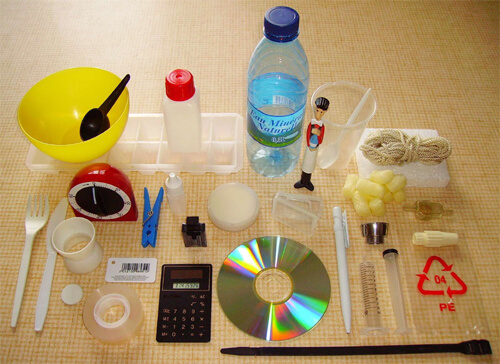
Water is discovered on the Moon
Lunar Crater Observation and Sensing Satellite (LCROSS) was the first U.S. mission to the Moon in over 10 years. It was designed to relay data from the impact and debris plume resulting from the vehicle's upper stage, Centaur, hitting a large crater near the Moon's south pole. The probe impacted successfully, with a velocity of about 10,000 km/h (6,200 mph). The plume of debris thrown up by the craft revealed significant amounts of water ice – perhaps enough to supply drinking water to future colonists, as well as hydrogen for rocket fuel.*
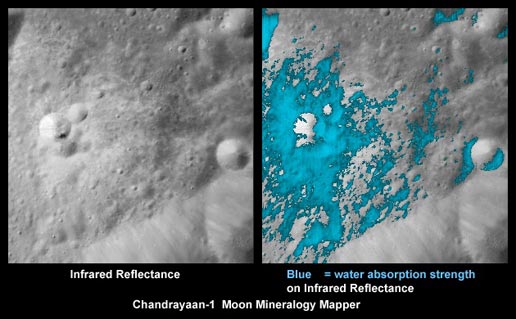
Credits: ISRO/NASA/JPL-Caltech/USGS/Brown
Univ.
Kepler searches for Earth-like planets
In March 2009, the Kepler space telescope was launched by NASA. It became the first instrument capable of finding Earth-sized and smaller extrasolar planets. It was designed to observe the brightness of about 145,000 stars to detect periodical transits by planets. The mission had been hoped to work perfectly until 2016, but suffered a major setback in 2013 when the spacecraft's reaction wheels failed. Nevertheless, Kepler continued to return a wealth of data, with 134 confirmed exoplanets in 76 stellar systems, along with a further 3,277 unconfirmed planet candidates.*
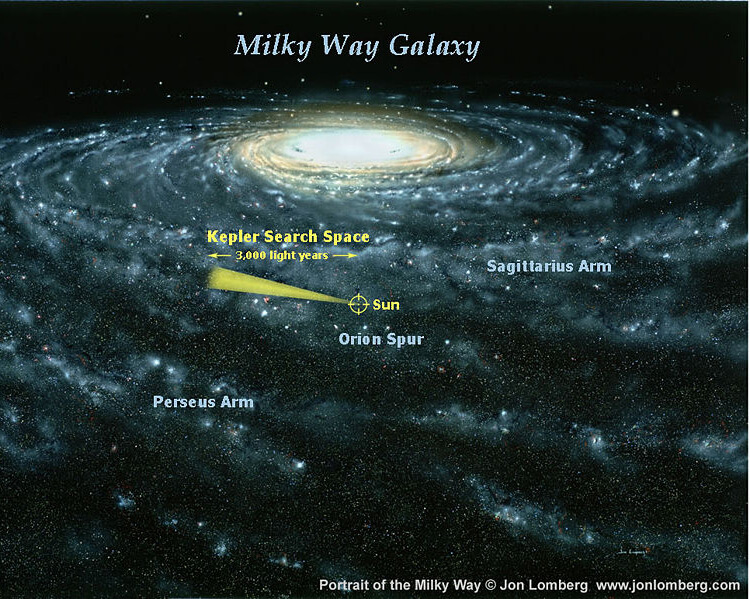
Discovery of the first exoplanet that could hold liquid water
In 2009, astronomers at the Fred Lawrence Whipple Observatory in Arizona discovered the exoplanet GJ 1214 b – a "super-Earth" orbiting a red dwarf star around 40 light years away. This was the first planet outside our own Solar System with the possibility of holding liquid water. Although direct confirmation was lacking, the planet was strongly theorised to have a thick, hydrogen-rich atmosphere, likely composed of water-vapor. Some scientists proposed that it could in fact be covered in oceans, comparable to a heated-up Europa, only on a scale much larger than Earth. This discovery increased the probability of alien life elsewhere in the universe.*
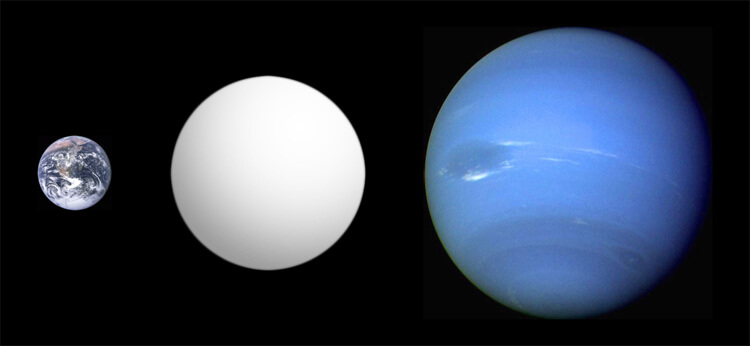
Size comparison of Earth (left), GJ 1214 b (centre)
and Neptune (right). Credit: Aldaron (CC BY-SA 3.0)
Mercury is 98% mapped
The MESSENGER probe, launched by NASA in 2004, completed a third and final flyby of Mercury in 2009 – mapping 98% of its surface including the previously unseen far side. It also revealed higher than expected amounts of heavy metals such as iron and titanium, forcing scientists to rethink how the small planet evolved. Data also revealed changing "seasons" on the planet, in the form of varying chemical compositions in Mercury's tenuous atmosphere.*
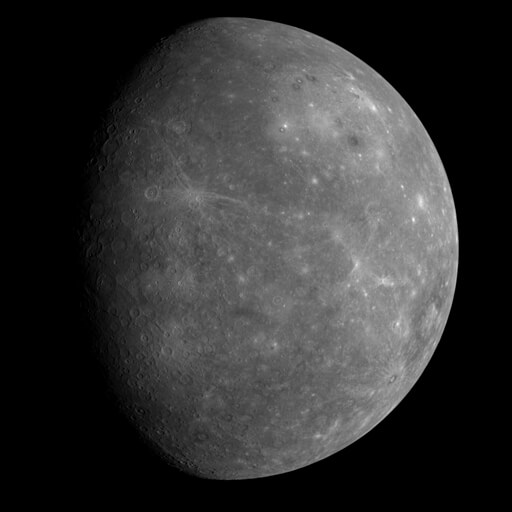
Mind control headsets enter the video games market
In 2009, a company called Emotiv released a headset allowing users to control games from brain waves alone. Sensors on the headset could detect neuroelectrical patterns in the wearer's head, and these were converted into actions on screen.*

Credit: Emotiv
3D scanning enters the consumer market
For many years, 3D scanning had been available for use in design visualisation, CAD/prototyping, architecture, engineering, movie production, healthcare, etc. Other applications had included reconstructing fossils in paleontology, replicating ancient and priceless artifacts in archaeology, reconstructing bones and body parts in forensic pathology, and reconstructing heavily damaged evidence acquired from crime scene investigations.
A significant barrier to 3D scanning had been the expense, bulkiness and inconvenience of traditional equipment. This made it difficult – if not impossible – for small businesses and hobbyists to have access to such technology. In 2009, however, a new generation of smaller, cheaper and more portable devices emerged. One such company driving this change was David Vision Systems, which unveiled a pocket-sized 3D laser scanner.* This could be used in combination with a simple webcam and background setup, to capture an endless variety of 3D objects (including the user's own face), for use in home videos, animations, video games and other virtual environments. Scanned objects could also be used in combination with 3D printing to physically reproduce items.
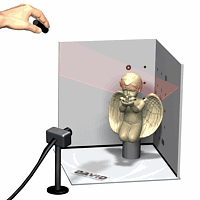
Credit: David
Vision Systems
The tallest man-made structure in history is completed
With 163 floors, rising to a height of 828m (2,717 ft), the Burj Khalifa became the tallest structure ever built, shattering all previous records and setting a new benchmark for skyscrapers. The decision to build the tower was based on the UAE government's aim to diversify from a trade-based economy to one that was service- and tourism-orientated. According to officials, it was necessary for projects like this to be built in the city to garner more international recognition, and hence more investment.
Construction of the tower aroused controversy, with many site workers being low-paid immigrants, some earning less than US$5 per day. Scores of new office towers, hotels and luxury resorts were being built all over Dubai during this period, making it one of the fastest growing cities in the world. As well as the Burj Khalifa, some of these megaprojects included the Palm Islands – a series of enormous artificial islands on which major commercial and residential infrastructure was being built.

Africa's population reaches one billion
In just 27 years, from 1982 to 2009, the African continent’s population had doubled. It was forecast to double again by 2040. Among the main reasons for this explosive growth had been a lack of access to education, contraception and family planning centres.

© Timurk | Dreamstime.com
« 2008 |
⇡ Back to top ⇡ |
2010 » |
If you enjoy our content, please consider sharing it:
References
1 Scientists
crack 'entire genetic code' of cancer, BBC:
http://news.bbc.co.uk/1/hi/health/8414124.stm
Accessed 19th December 2009.
2 Mouse
genome laid bare to science, BBC.co.uk:
http://news.bbc.co.uk/1/hi/sci/tech/8069235.stm
Accessed 31st May 2009.
3 Koreans make plastics without fossil fuel chemicals, CNN:
http://edition.cnn.com/2009/TECH/science/11/23/eco.korea.plastic/index.html
Accessed 23rd November 2009.
4 9
Astronomy Milestones in 2009, Space.com:
http://www.space.com/scienceastronomy/091228-best-space-science-2009.html
Accessed 30th December 2009.
5 Kepler Mission, Wikipedia:
http://en.wikipedia.org/wiki/Kepler_Mission
Accessed 17th April 2009.
6 GJ 1214 b, Wikipedia:
http://en.wikipedia.org/wiki/GJ_1214_b
Accessed 3rd July 2011.
7 9
Astronomy Milestones in 2009, Space.com:
http://www.space.com/scienceastronomy/091228-best-space-science-2009.html
Accessed 30th December 2009.
8 Emotiv's
headset gives users mind-control over digital objects, cnet.com:
http://news.cnet.com/8301-13772_3-9874515-52.html.
Accessed 12th Sept 2008.
9 Trends on display at Cebit show, BBC Click:
http://news.bbc.co.uk/1/hi/programmes/click_online/7926555.stm
Accessed 17th April 2009.
![[+]](https://www.futuretimeline.net/images/buttons/expand-symbol.gif)






